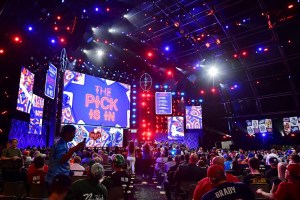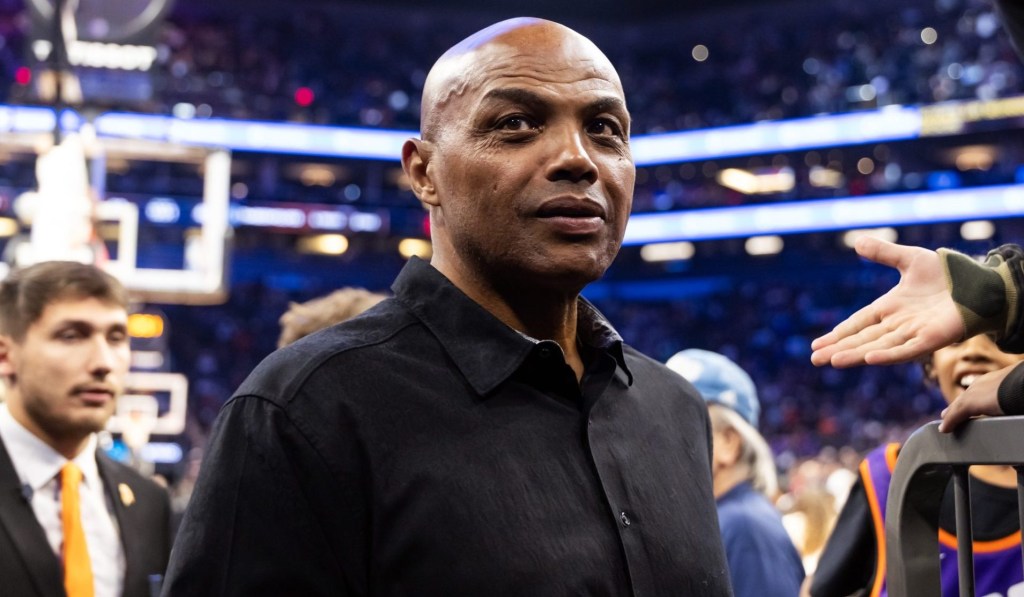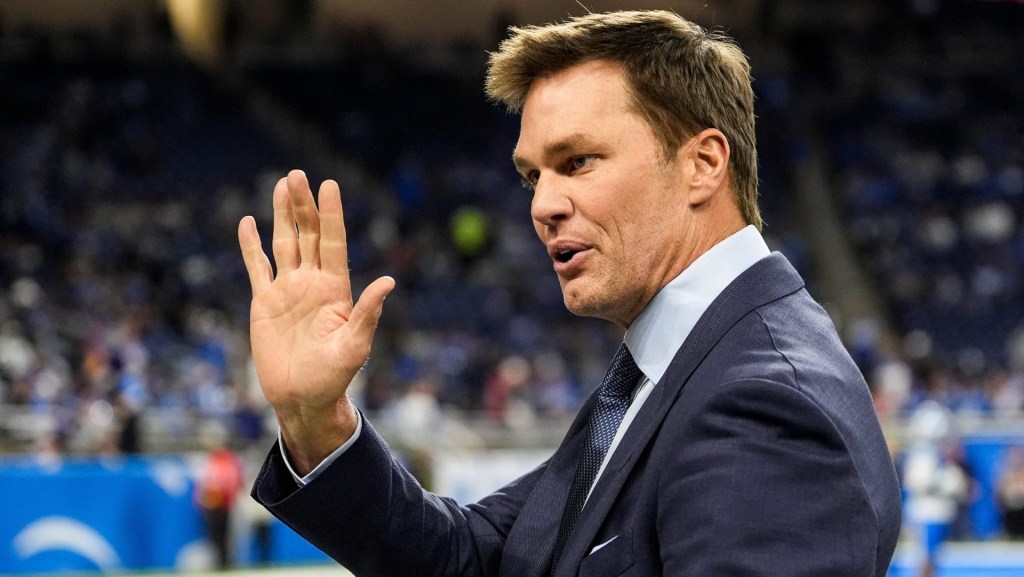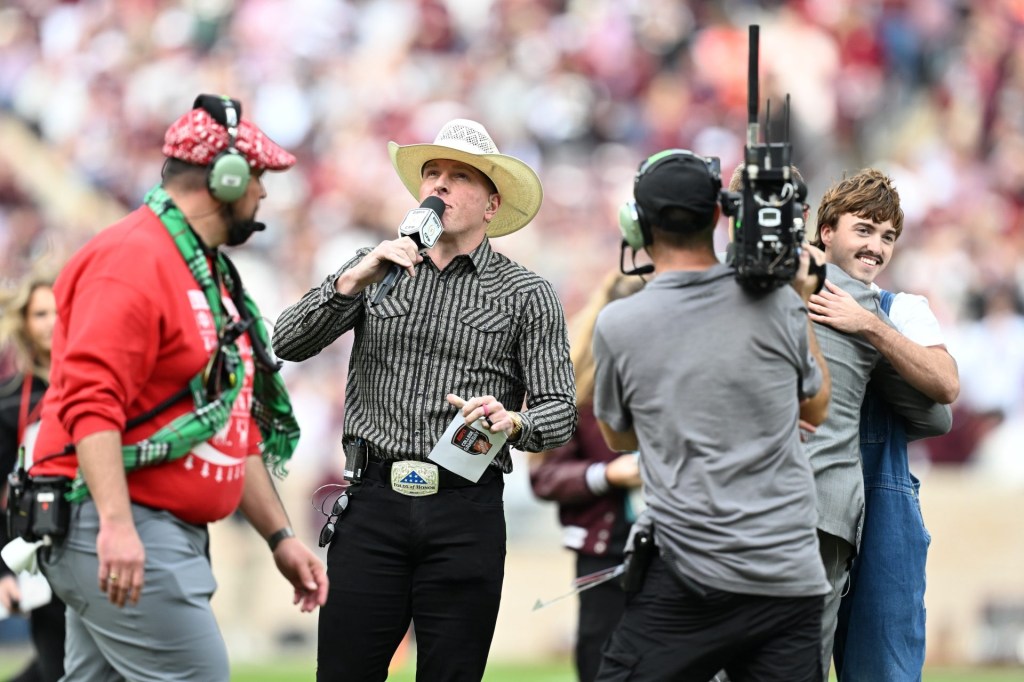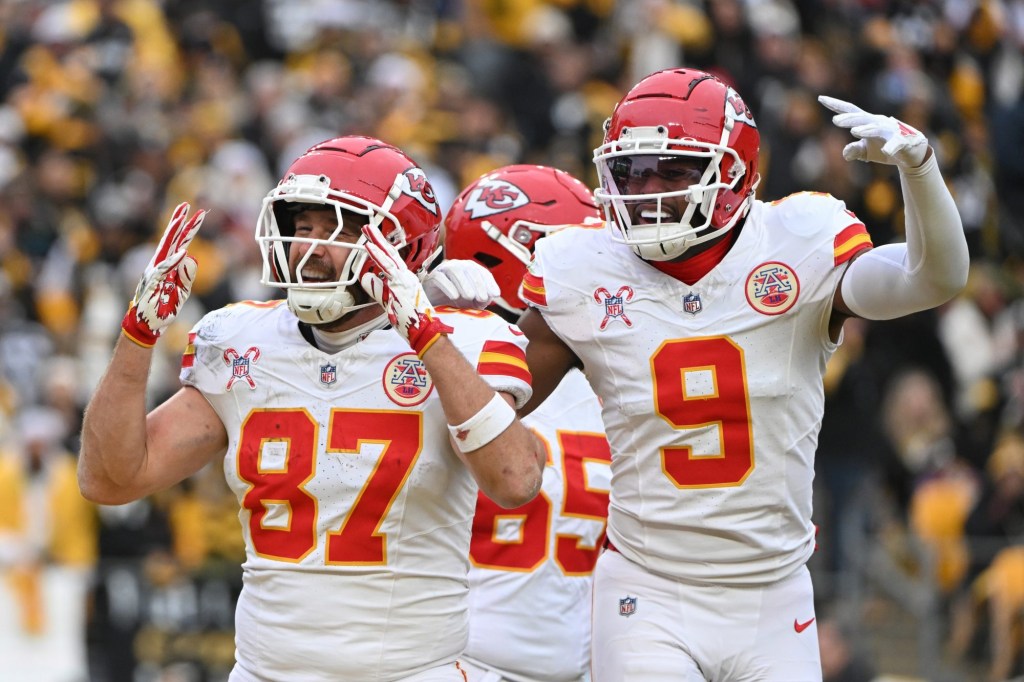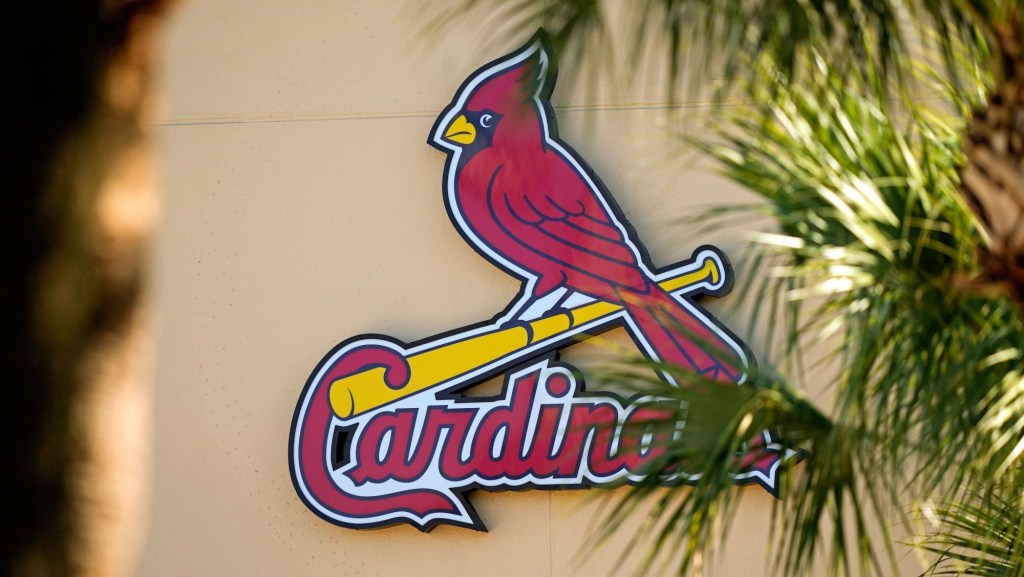The NFL is a quarterback-driven league. It turns out the television appeal of the NFL Draft is as well.
With three QBs taken in the first four picks, average viewership for the first round rose 11% to 11.4 million viewers across TV and digital.
Thursday night’s first round was covered live across The Walt Disney Co.’s ESPN/ESPN Deportes, ABC, the NFL Network and various digital channels.
The league said it drew a total unduplicated audience of 34.2 million, up 2% from last year.
The selection strategy by NFL clubs this year was a far cry from the 2022 Draft, when only one QB was taken in the 1st Round (Kenny Pickett, who went to the Pittsburgh Steelers at No. 20).
Without QBs to drive ratings, TV audiences for the 2022 Draft fell to their lowest levels in five years.
As a TV spectacle, the NFL Draft is part reality show, part pigskin Woodstock. There was plenty of QB drama to attract viewers Thursday night.
Heisman Trophy winner Bryce Young of Alabama went No. 1 to the Carolina Panthers, C.J. Stroud of Ohio State went No. 2 to the Houston Texans, and the raw but talented Anthony Richardson went No. 4 to the Indianapolis Colts.
There was also some green room suspense as millions of TV viewers watched QB Will Levis of Kentucky fall through the entire first round without getting picked. Levis left Kansas City rather than spend another excruciating night in front of the cameras.
While the numbers were strong, they were still well off the record 15.6 million viewers for the first round of the 2020 Draft at the start of the COVID-19 pandemic.
“Thursday’s opening round of the NFL Draft averaged a combined 11.29 million viewers across ESPN (5.62M), ABC (4.11M) and NFL Network (1.56M), up 13% from last year (10.03M). The ESPN and ABC broadcasts increased 26% and 8% respectively from last year (4.45M; 3.80M), which made up for a 12% decline for NFL Network,” said Sports Media Watch.
“The combined audience is the third-highest on record for night one of the draft, trailing 2021 (12.52M) and the anomalous 2020 edition that aired during an unprecedented drought of live sporting events (15.26M).”

